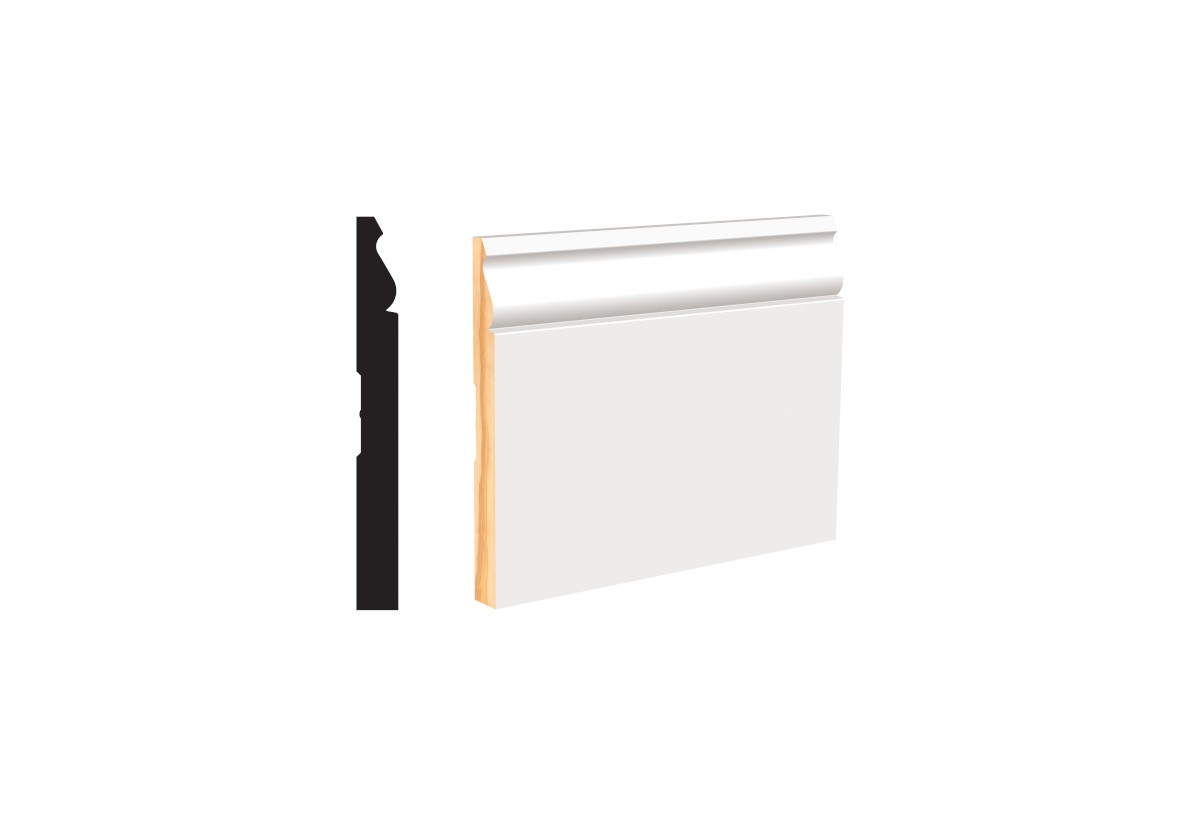- Home
- Education
- Flooring Basics
- Floor Moldings - Types of Flooring Transitions
Floor Moldings - Types of Flooring Transitions
This post may be a little long....but bear with us, we promise, there’s lots of useful info!
When you choose to redo your floor, it’s sort of like baking a cake. You spend a lot of time trying to get it just right. When it comes out the way you want, it’s even more exciting.
How do you finish it off? With icing of course! And that’s what floor moldings are best used for, finishing off your floor. They give it a polished finish. The only problem is, which molding do you use where?
There are so many to choose from, it can be a little overwhelming about which to use. See this list of moldings, uses, and where it should be used. Hopefully this will help you learn more about moldings and help you choose which is best for you.
To get an idea of what some of them look like there's also a helpful video, below.
What Kind Of Moldings Do I Need?
This list will help you determine the answer. LL Flooring provides white primed, white painted, and matching or color-coordinated moldings.
For these examples engineered hardwood is shown, but you will find equivalents for all our flooring products.
Browse pre-finished and unfinished moldings and trim (which can be suited to complement any floor) HERE
- Name: T-Molding. or T-Mold, or Transition Strip
- General Uses: T-Moldings cover expansion spaces at doorways, and they transition from your new floor to other hard surfaces of similar height (e.g. at the juncture of wood flooring and ceramic tile).
- General Measurements: Width: 2"; Height: 5/8"; Lengths: 78 inches

- Name: Reducer, One Sided Reducer, Flush Reducer
- General Uses: Smoothly joins two floors of different heights with a gentle sloping surface providing an attractive appearance and reducing trip hazards. (e.g. between hardwood flooring and vinyl or hardwood flooring and vinyl tile.)
- General Measurements: Width: 2"; Height: Will vary with thickness of flooring; Lengths: 78 inches

- Name: Overlap Reducer
- General Uses: Used mostly with floating floors to other floor coverings with lower vertical heights.
- General Measurements: Width: 2-1/4"; Height: Will vary with thickness of flooring; Lengths: 78 inches

- Name: Threshold, or Baby Threshold
- General Uses: Used to allow for floor expansion at exterior doors, raised hearths and where carpet abuts new flooring.
- General Measurements: Width: 2-1/8"; Height: 7/8" – other heights available. Bottom tab varies with thickness; Lengths: 78 Inches.

- Name: End Cap, Square Nose
- General Uses: Similar to a Threshold, End Caps are used to transition from the wood floor to a higher surface such as: Doors, thick tile, and raised hearth. (example shown is vinyl)
- General Measurements: Width: 1-9/16"; Height: 7/8"; Lengths: 78 Inches

- Name: Overlap Stair Nosing, Bull Nose
- General Uses: Used with some floating floors on steps and landing areas where expansion area is needed.
- General Measurements: Width: 3-1/4"; Height: 1" – other heights available; Lengths: 78 Inches

- Name: Flush/Square Edge Stair Nosing, / Bull Nose
- General Uses: A Flush Stair Nose is used for transition when placing plank or strip on stairs, landings or step downs.
- General Measurements: Width: 3-1/8"; Height 13/16" – will vary with other floor thicknesses; Lengths: 78 Inches

- Name: Quarter Round
- General Uses: Covers the expansion space between flooring and baseboard, toe kicks, and other fixed objects.
- General Measurements: Width: 3/4"; Height: 3/4"; Lengths: 84 Inches

- Name: Shoe Modeling
- General Uses: Similar functions as quarter round provides but has a less pronounced appearance.
- General Measurements: Width: 1/2"; Height: 3/4"; Lengths: 84 Inches

- Name: Baseboard, Wall Base
- General Uses: Installed along walls to cover expansion spaces for flooring.
- General Measurements: Width: 7/16"; Height: 3-1/2"; Lengths: 84 Inches

